How to Build a Cinder Block Raised Garden Bed
Last year we installed one Cinder Block Raised Garden Bed. We hoped to do three but our bodies and budget gave out at one.
Great news! We built the other two raised beds this year! Yay!
There’s nothing quite like growing your own food and I’m anxious to get going again this year!
After planting a tad too early last year, we are exercising our patience and waiting for Mother Earth News to tell us when to plant. It’s really quite slick! Just head over to What to Plant Now, click on >view planting dates, enter your zip code and email address, and it will send you a handy dandy email when it’s time to plant! Pretty cool, huh?
How to Build a Cinder Block Raised Garden Bed
This post contains affiliate links. When you purchase through an affiliate link, we receive a small commission at no additional cost to you. Disclosure.
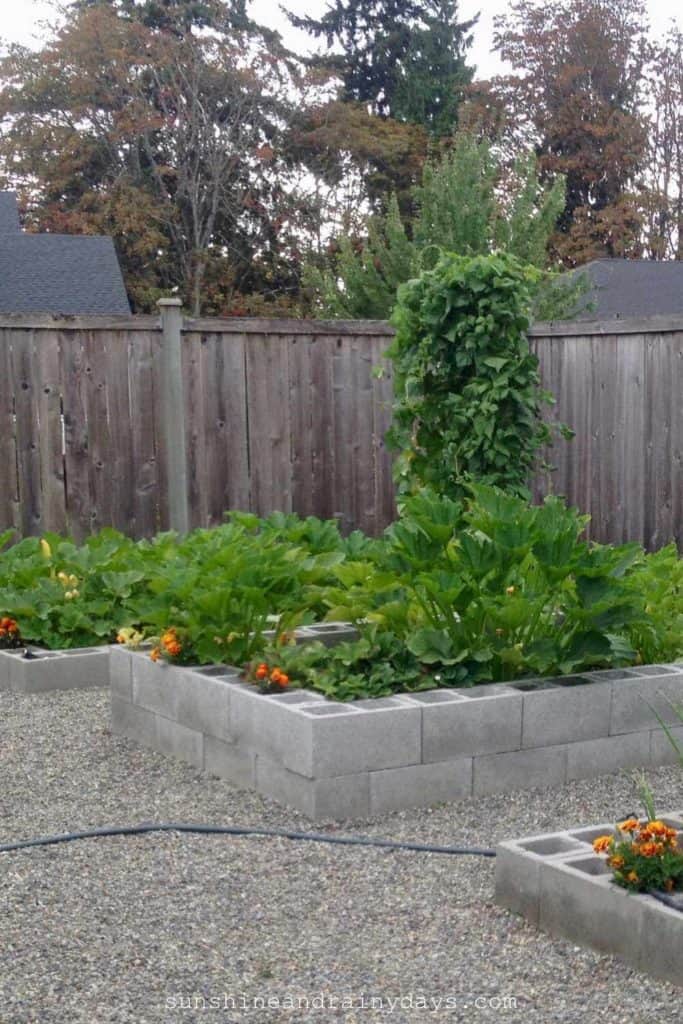
Here’s the area we are working on. One lonely Cinder Block Raised Garden Bed and a whole bunch of moss with a splattering of grass.
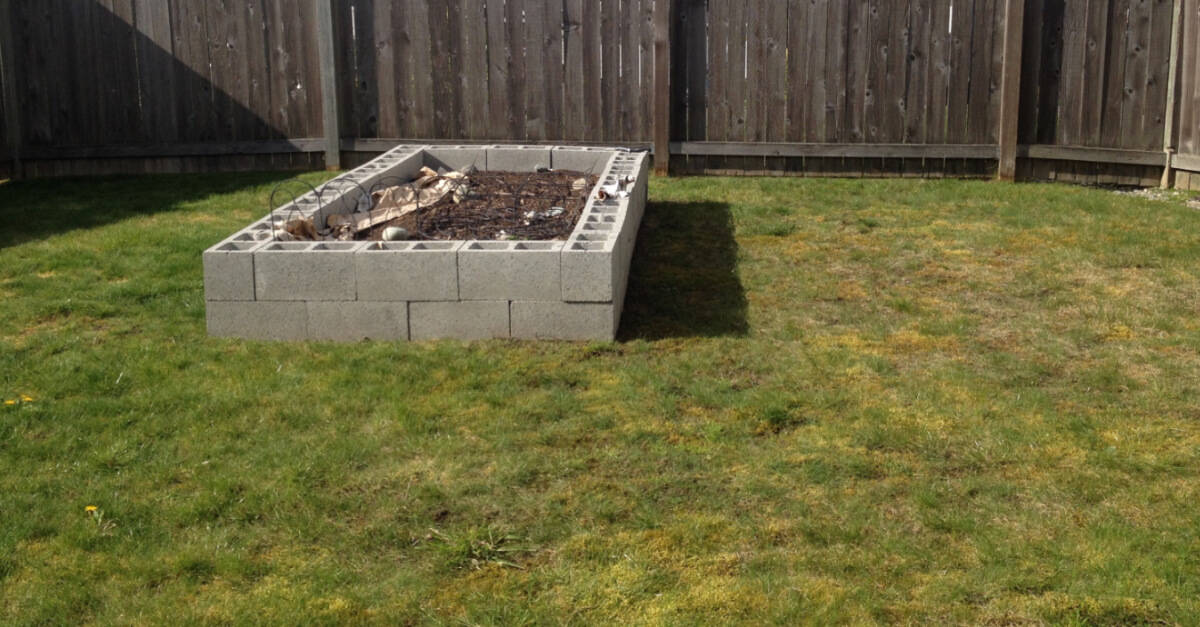
First, we laid out the cinder blocks where we wanted them.
These cinder blocks are 8″X8″X16″ from Home Depot. The long sides of the garden bed have eight cinder blocks and the ends have three for a total of 22 cinder blocks per raised bed.
Note: I called these ‘cinder blocks’ but they are actually concrete blocks.
We plan to eventually add a second row of cinder blocks to match the center raised garden bed. It isn’t necessary but would make it easier on our backs. Perhaps next year!
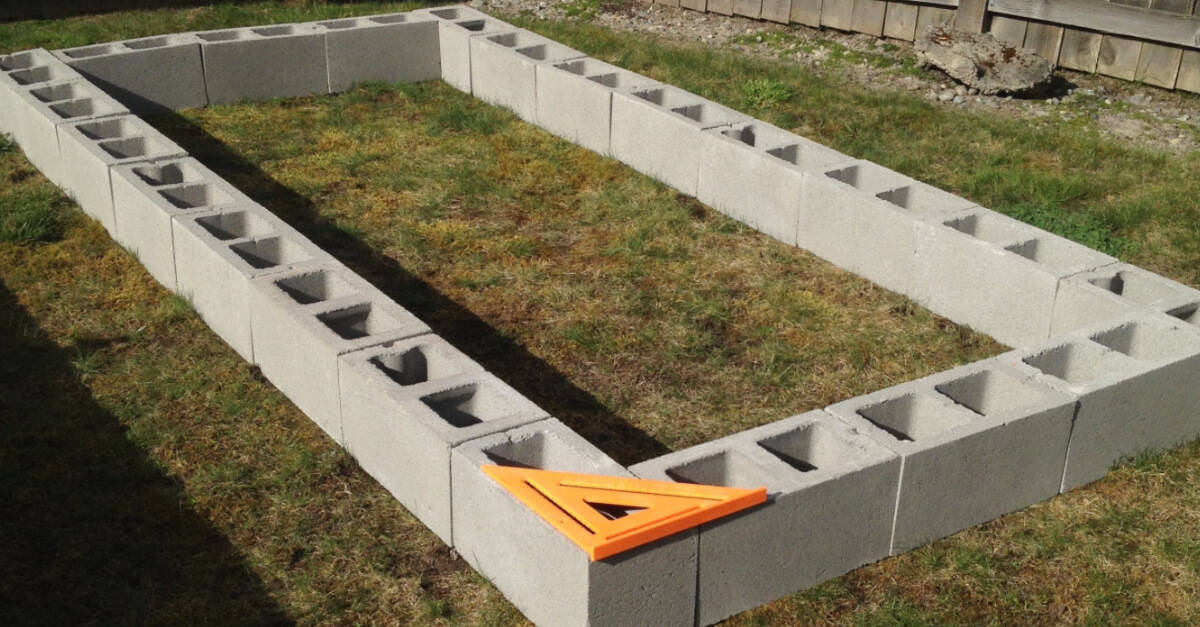
Of course, the ground isn’t, even so, we either dug a little of the grass out underneath or used a bit of sand to make the cinder blocks line up. It really wasn’t too bad.
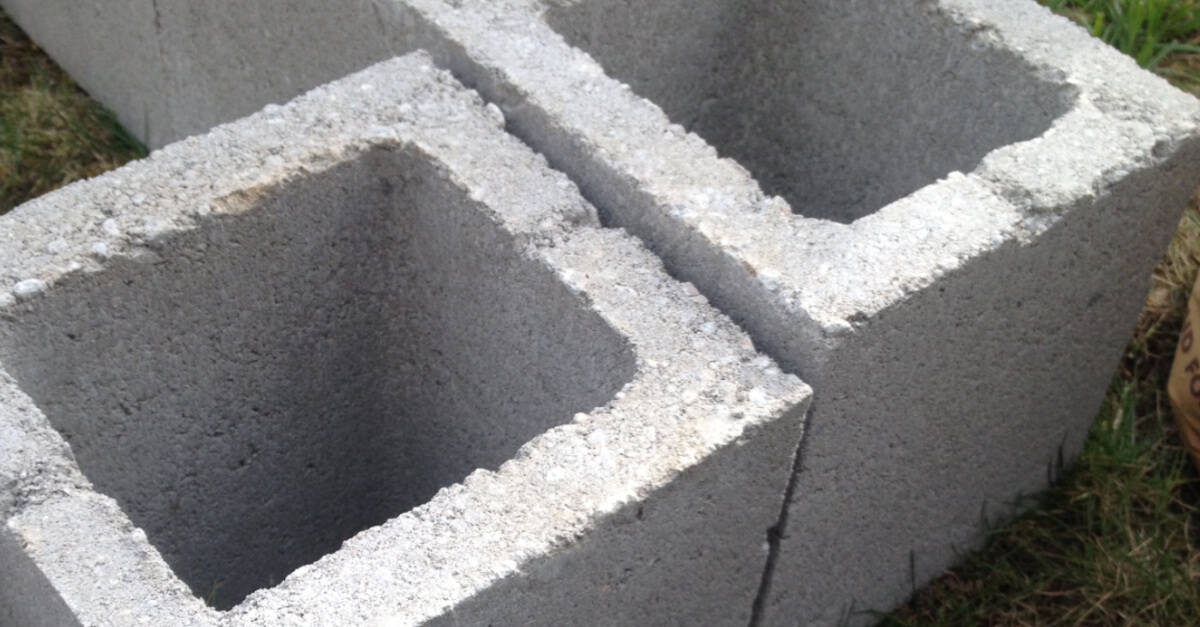
Next, we used painter’s paper, from the paint section at Home Depot, in the bottom of our beds. Newspaper or cardboard works great too!
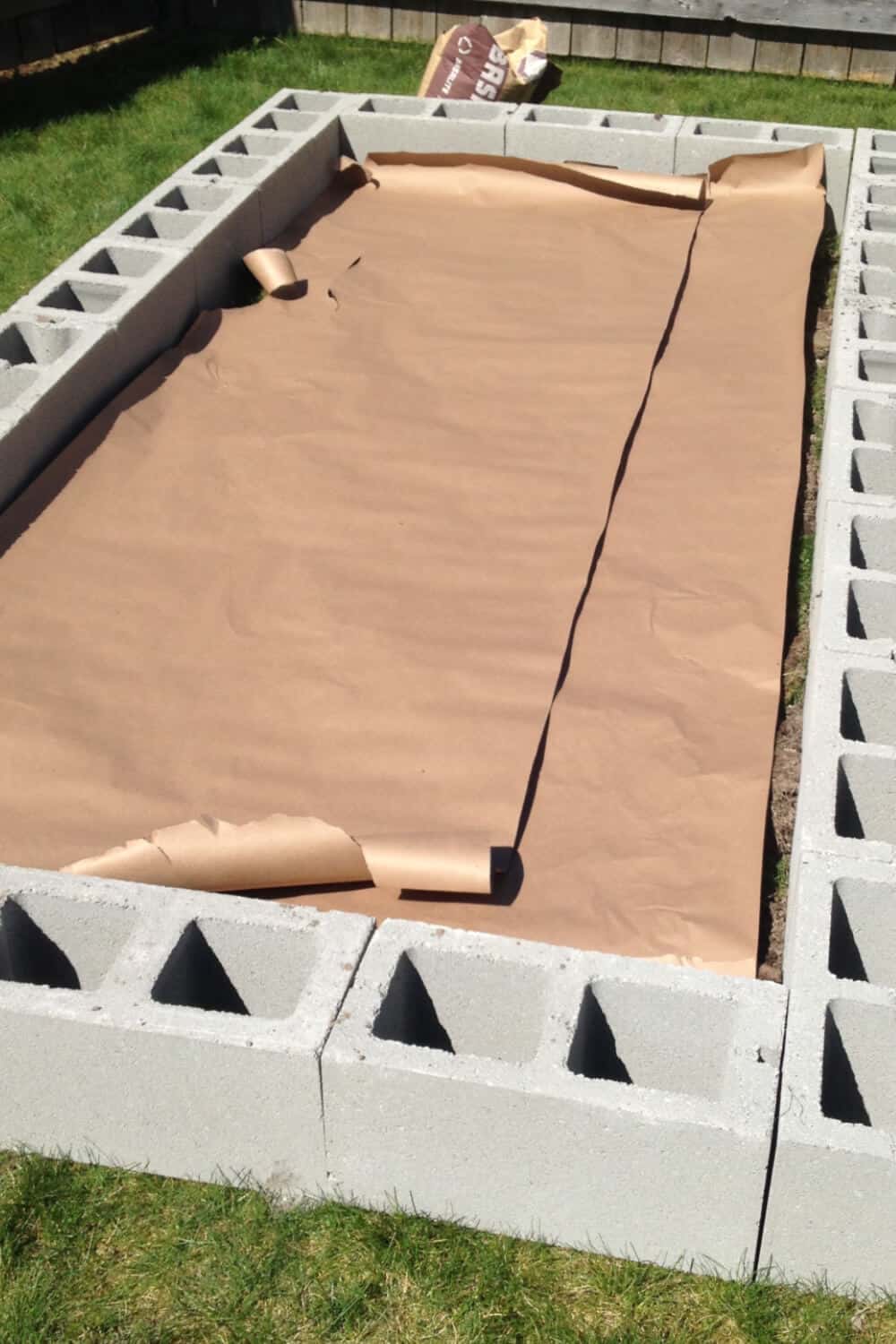
Then, a half yard of compost/topsoil mix was used to fill both beds. They aren’t completely full but it works!
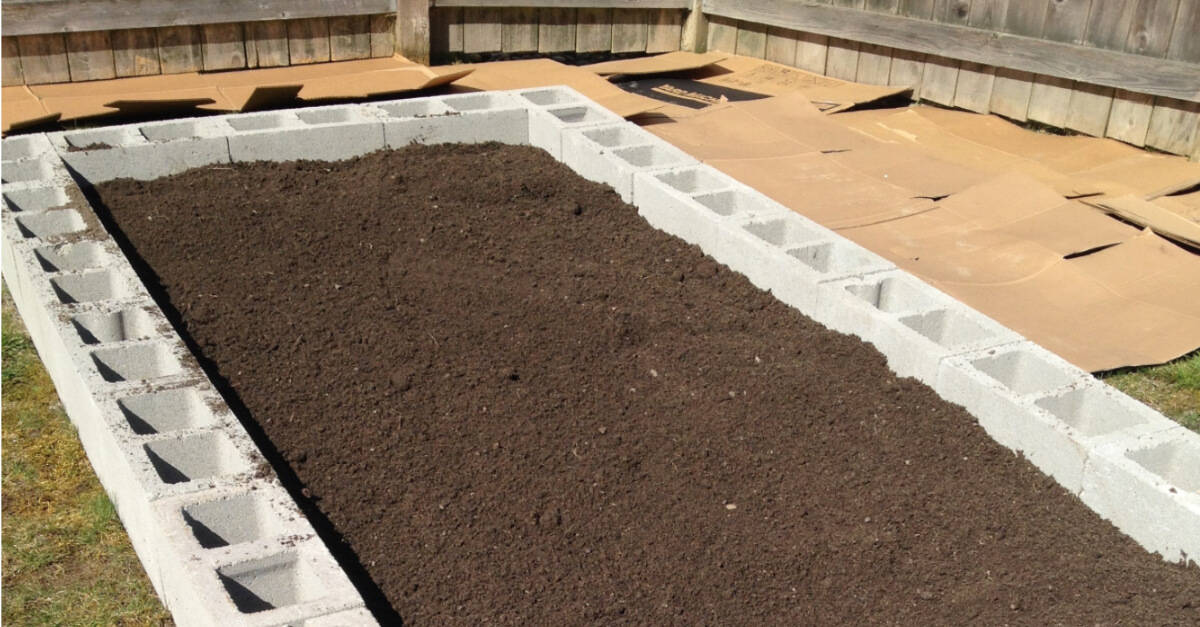
What To Put Around Cinder Block Raised Garden Beds
Wondering what all that cardboard is about? I knew you were!
Our original plan was to rent a sod cutter and remove the moss and grass, bring in a load of sand, and lay flagstone around our cinder block raised garden beds.
We decided our budget would like us better if we used pea gravel and, hey, why not just lay cardboard over the grass and dump the pea gravel right on top?
It was an easier and less costly option.
Steve dug out a trench for edging. We used the black plastic edging but, I have to say, I’m not too impressed. Someday we will have that cool concrete edging!
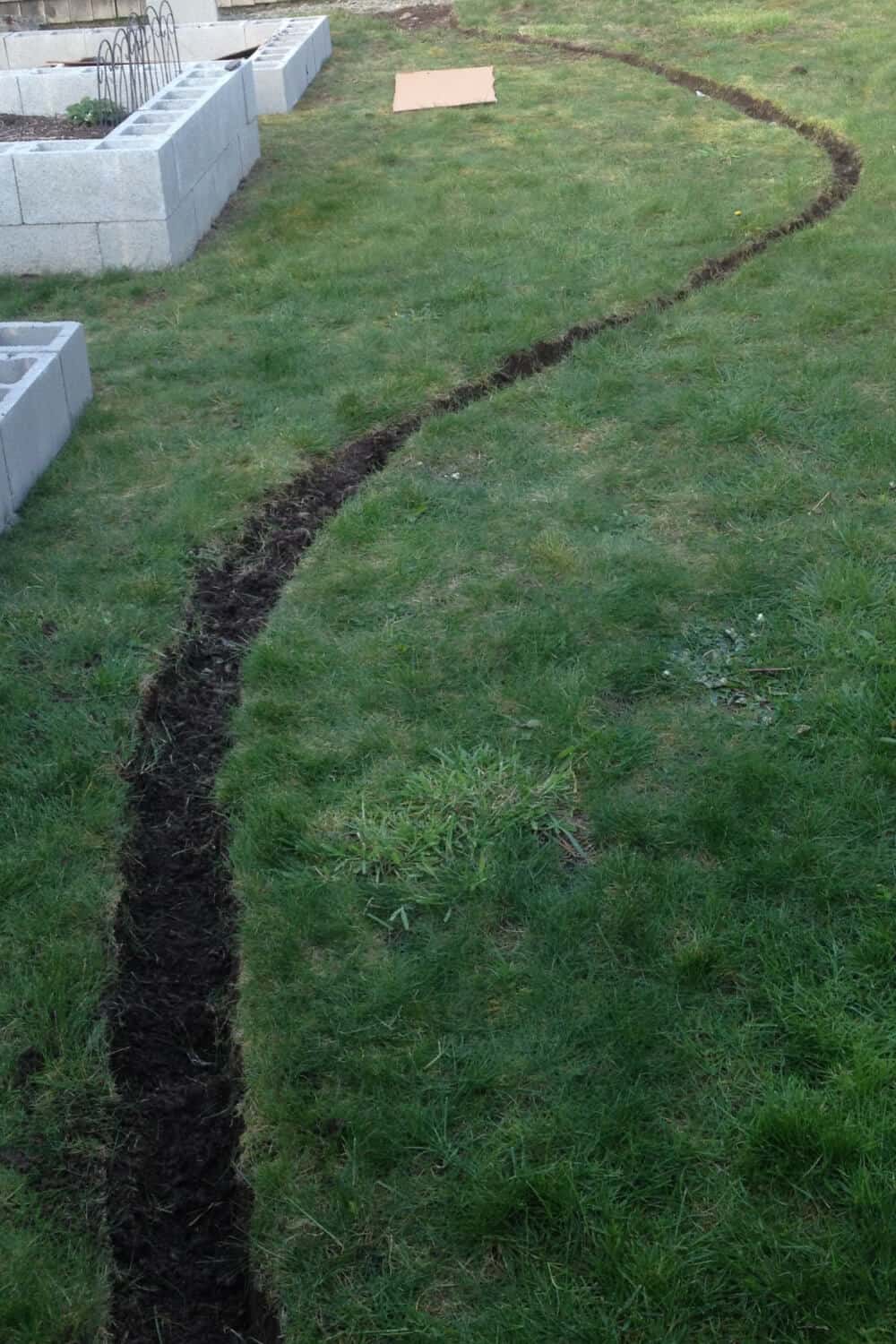
What To Plant In Your Cinder Block Raised Garden Bed
And voila! We are ready to plant!
It’s important to consider the fruit and vegetables you and your family will eat. There’s no sense in growing a bunch of green beans if no one will eat them, right?
Get Your Garden Plan Worksheet Here:
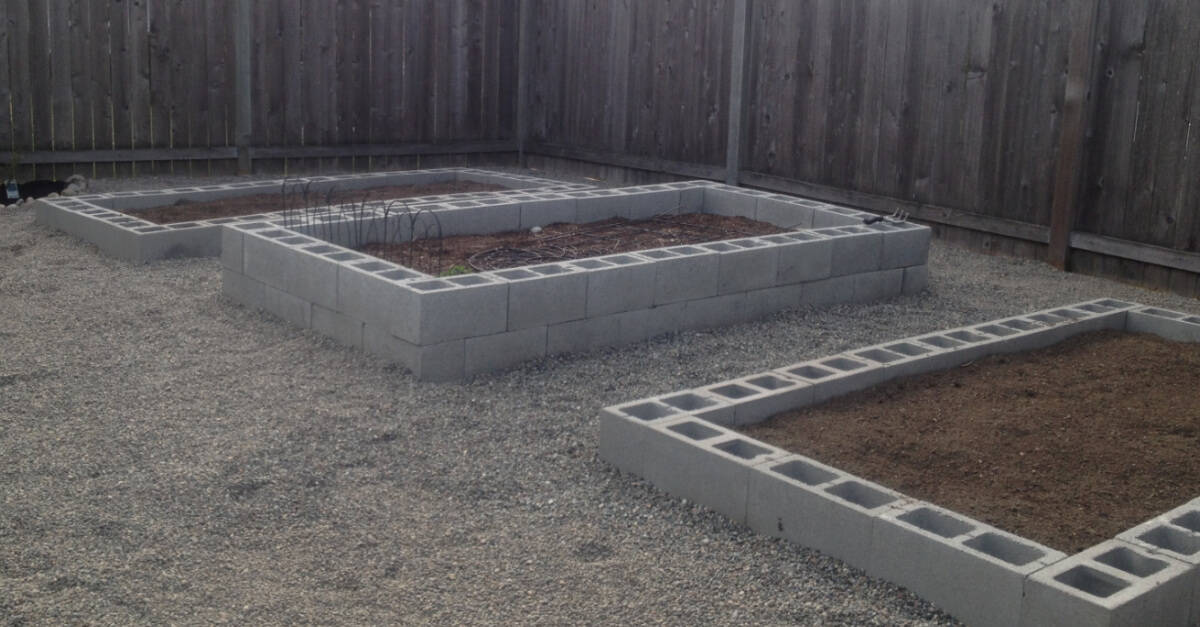
Now the question is … what do I plant where? Check out these plant companions for ten common vegetables. It’s a great resource for plant friends and foes.
For even more information on plant companions, check out Everything You Need To Know About Companion Planting.
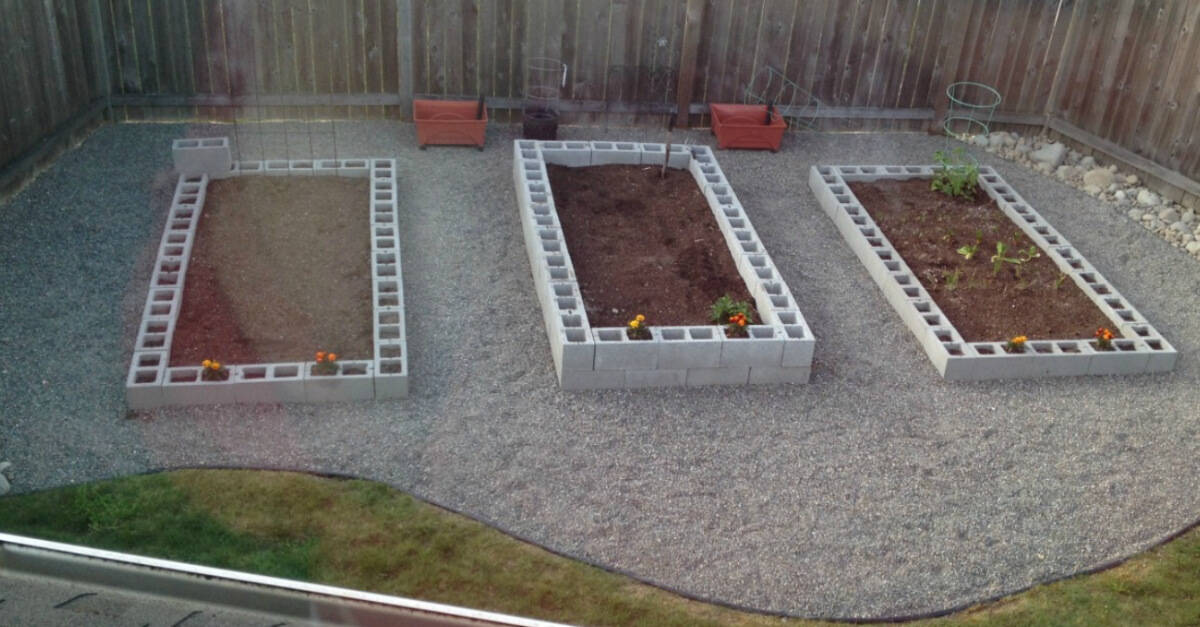
Every morning I open our blinds to this fun view. It will be even better when these Cinder Block Raised Garden Beds are full of scrumptious veggies!
Do you see marigolds in the picture above? They aren’t there just to look pretty! Read more about them in 5 Secrets To A Healthy Garden.
I love walking barefoot on the pea gravel. It’s a great way to get a little ‘earthing’ in. I’ll take that over an earthing mat any day! Of course, the beach would be even better but we work with what we have!
Favorite Gardening Resources:
Mother Earth News will send you emails when it’s time to plant!
The Old Farmer’s Almanac is where you will find garden friends and foes.
Old World Garden Farms is one of my favorite gardening blogs. If you love gardening, I would suggest subscribing to their site and you will receive super useful emails full of great gardening information just when you need it!
Another helpful blog post is How To Grow A Vegetable Garden by Ruth at Living Well Spending Less.
Soil For Raised Beds gives ideas on how to create the best soil for raised beds!
Growing Peppers from Seed to Harvest – The Ultimate Guide – will show you how to grow peppers from seed.
If you want to try your hand at growing your own raspberry bushes, check out this resource.
Grow What You Eat, Eat What You Grow
Order your concrete blocks online and pick them up in-store or have them delivered at a flat rate service fee.
Twenty-two cinder blocks, 1/4 yard of topsoil/compost mix and you’re in business! The rest … well, that’s just for fun!
Should You Use Cinder Blocks For Raised Garden Beds?
Update: It has been brought to my attention that it may not be in our best interest to use cinder blocks for our garden beds. There may or may not be heavy metals that will leach into the soil and possibly the plants.
Read more about the use of concrete blocks here:
Is It Dangerous to Make A Garden Bed From Cinder Blocks?
There is also a discussion on the use of cinder blocks here.

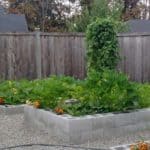
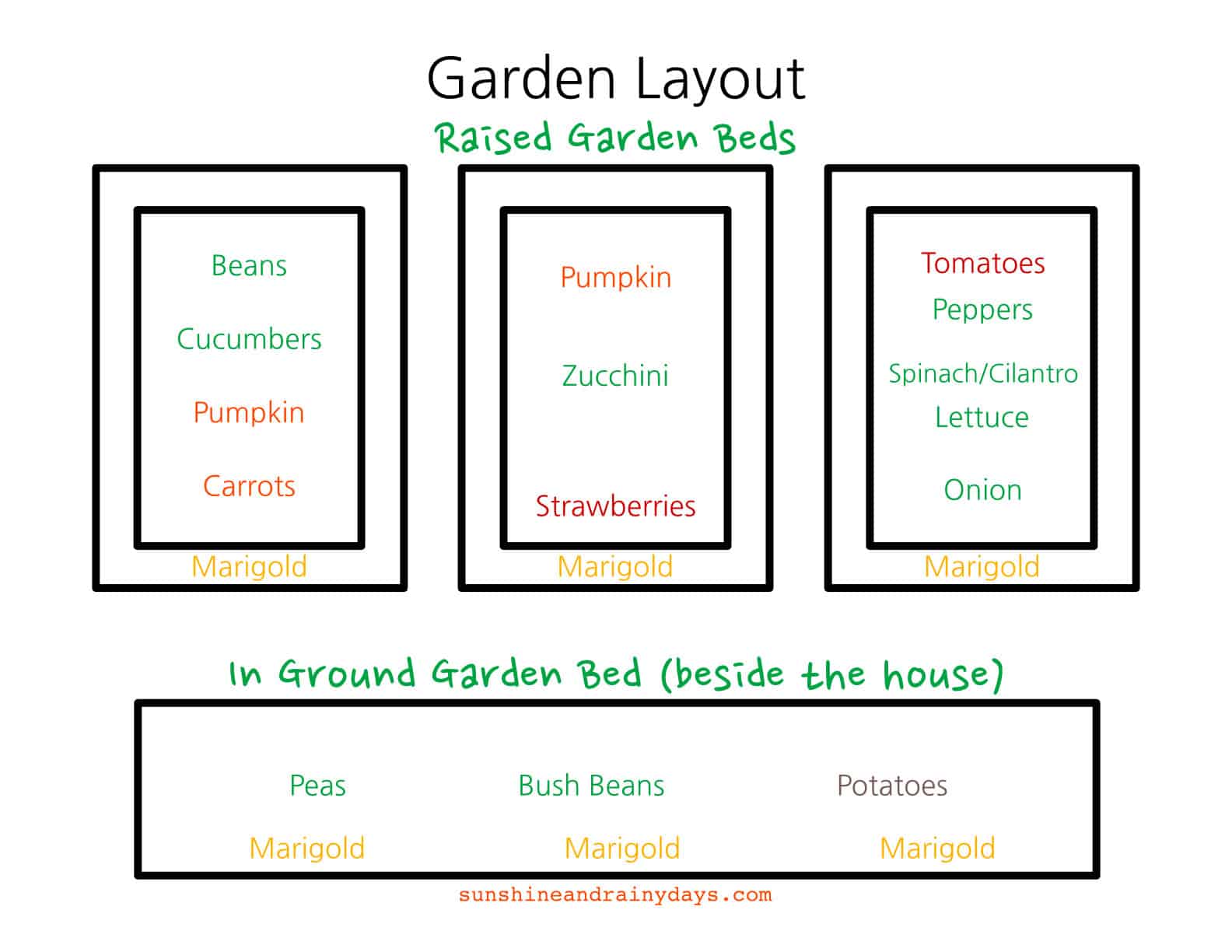
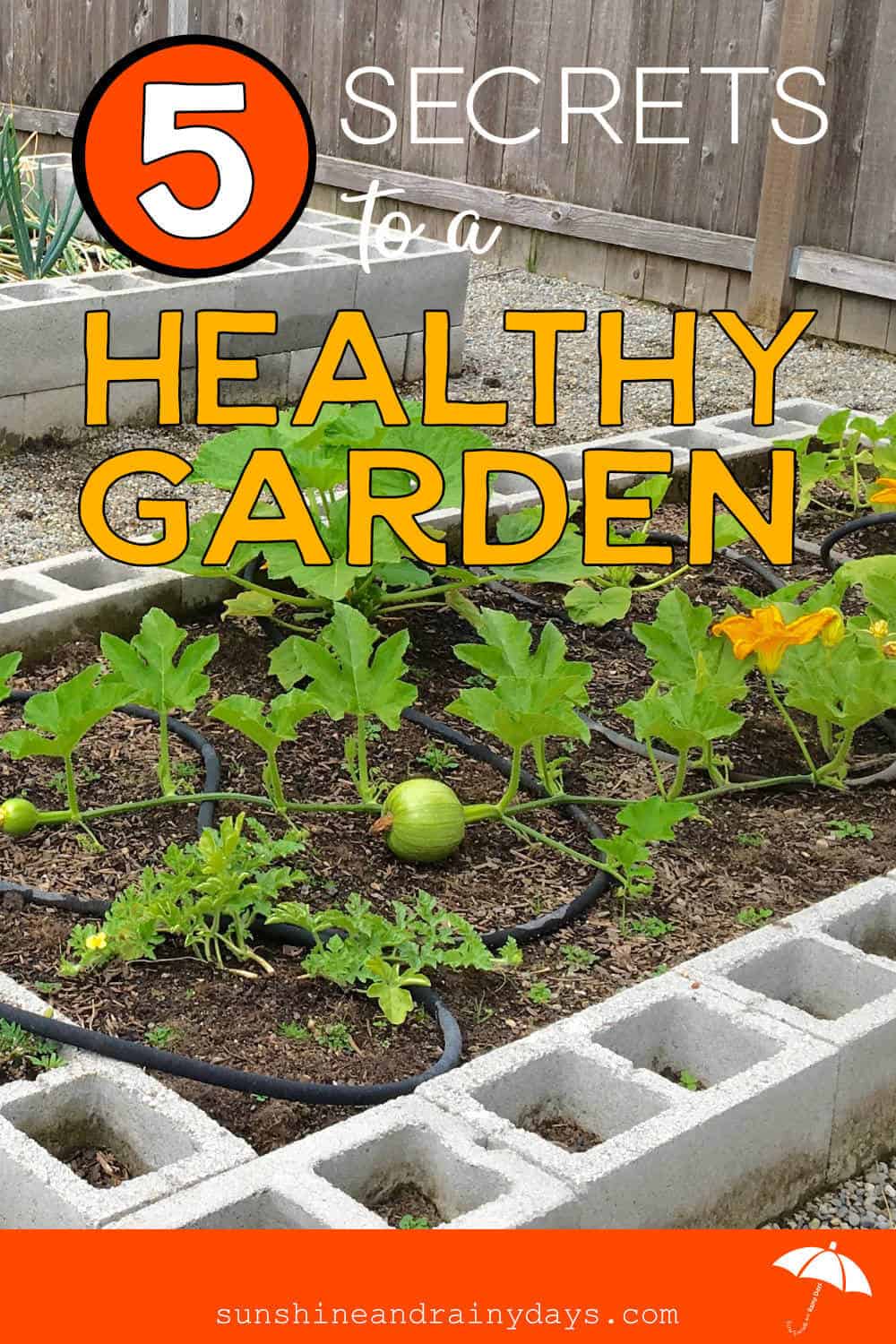
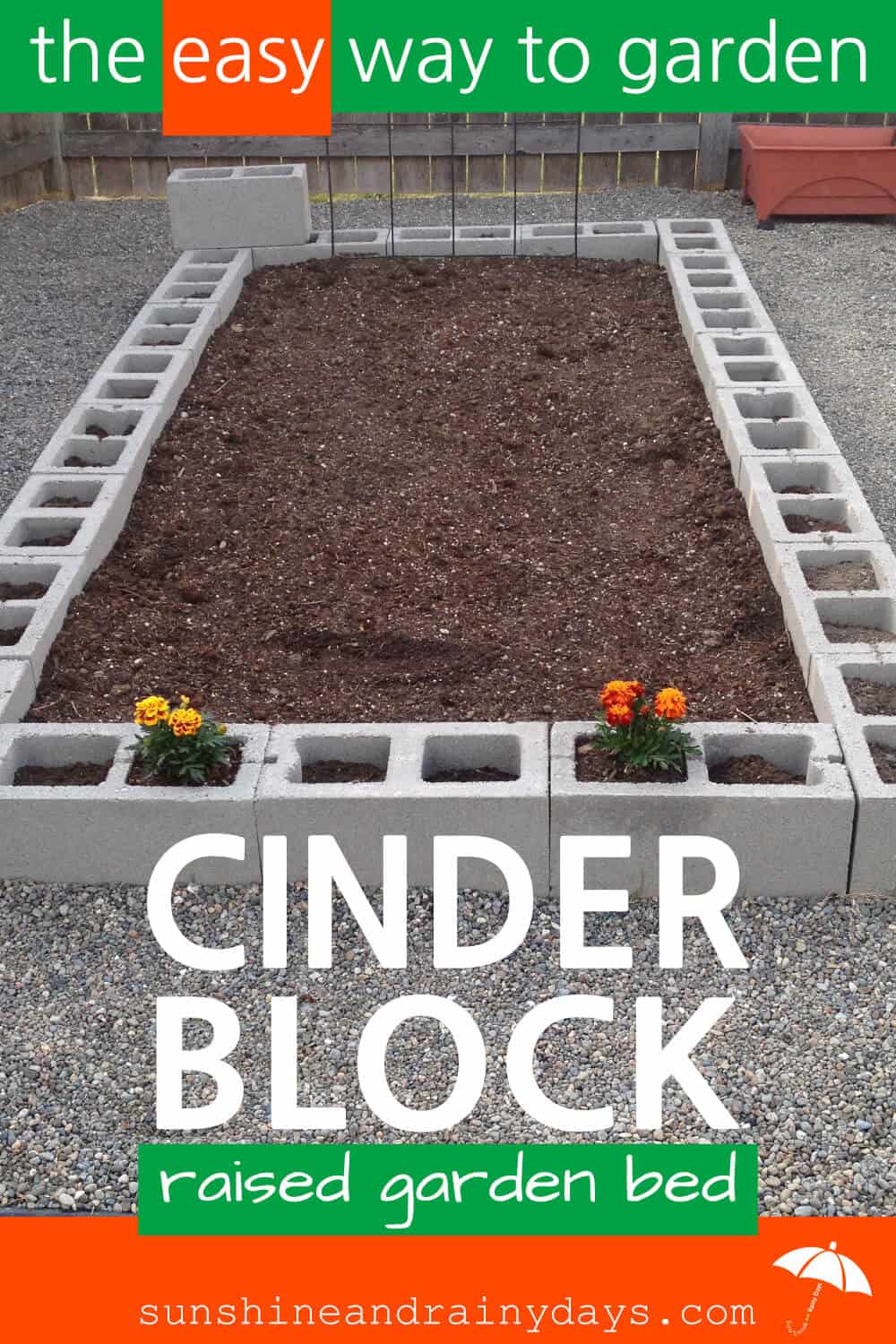
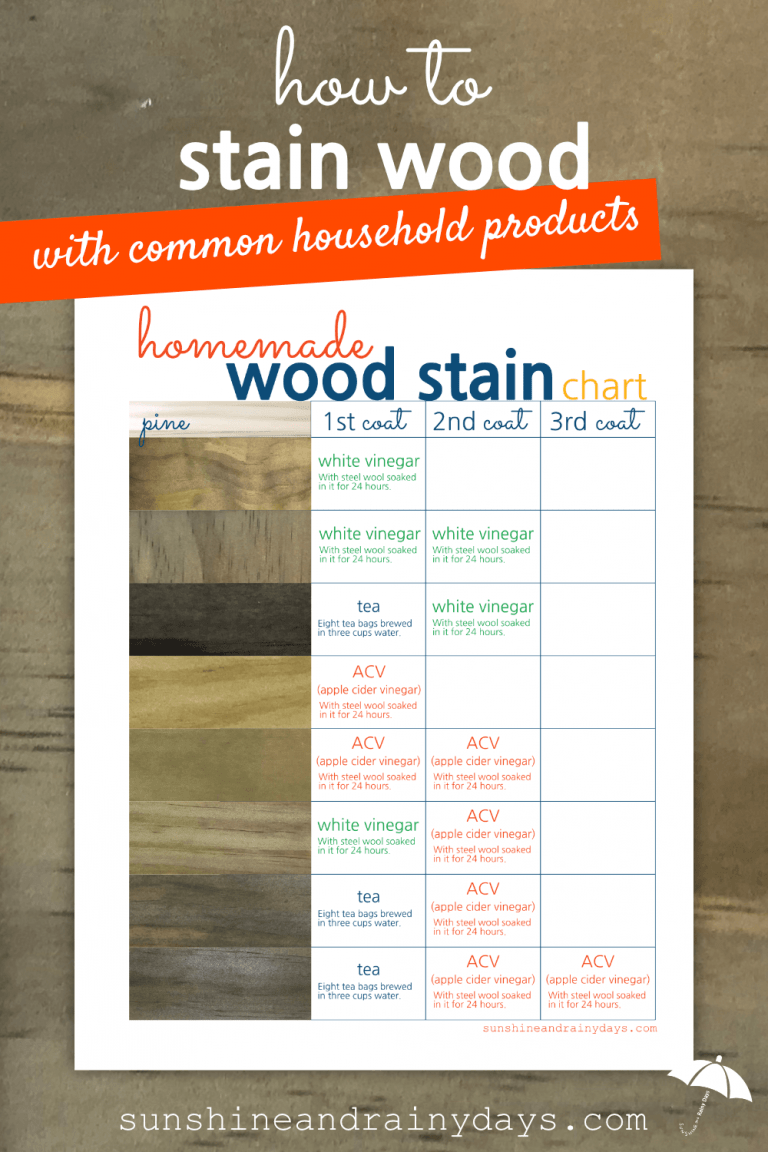
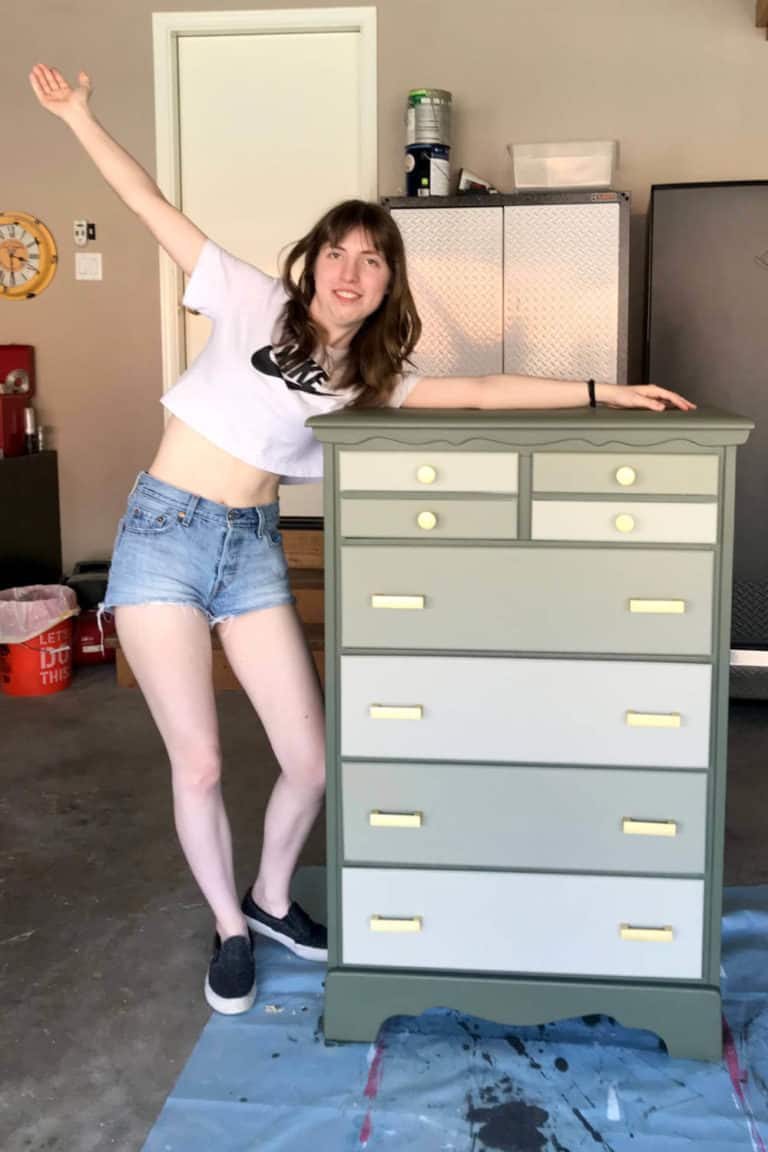
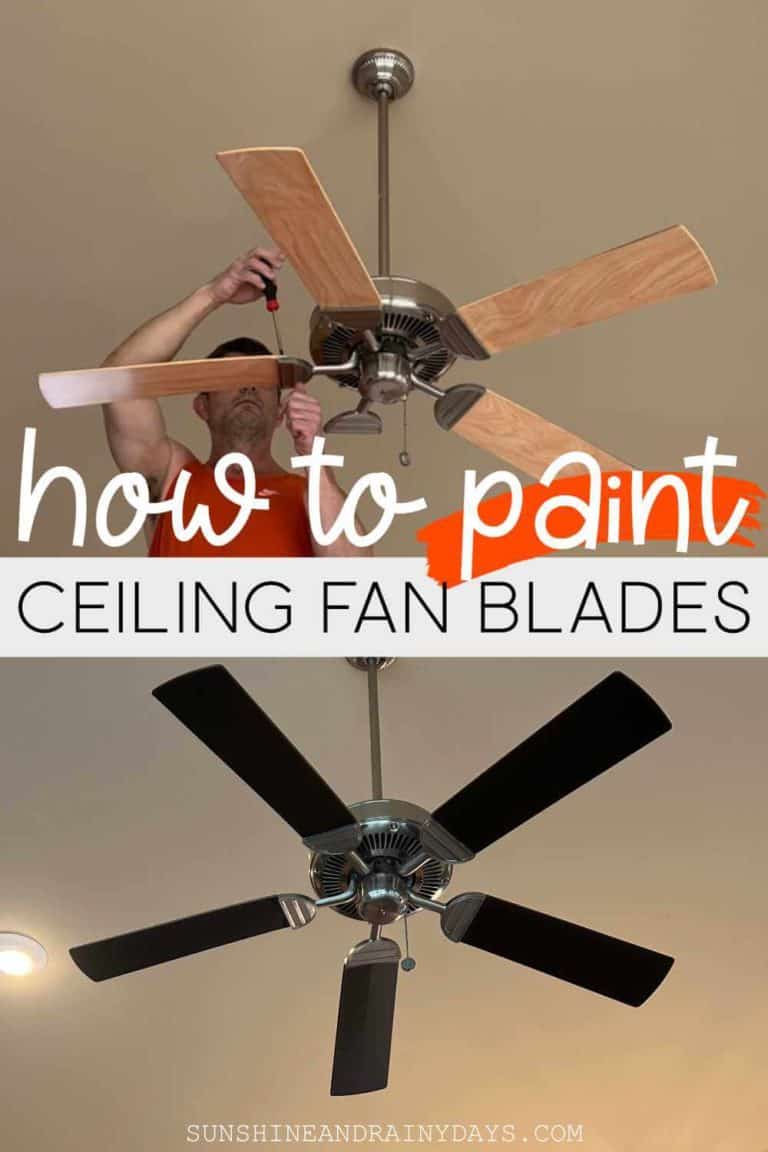
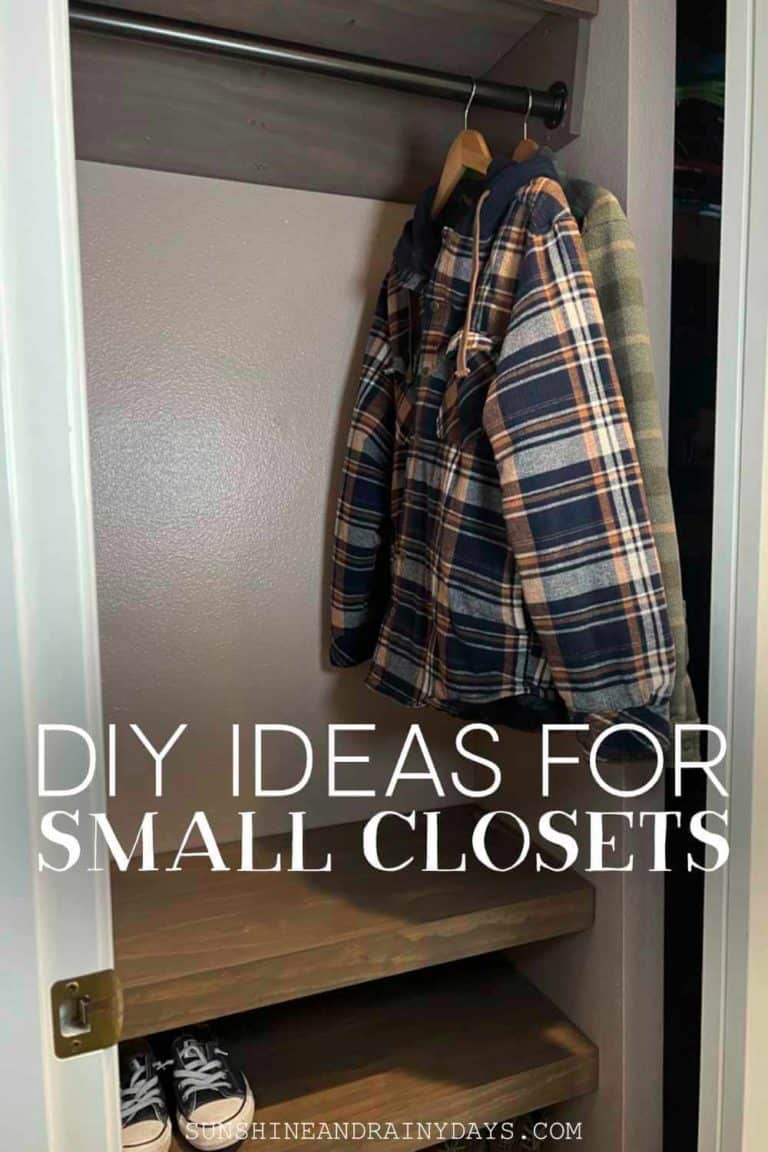
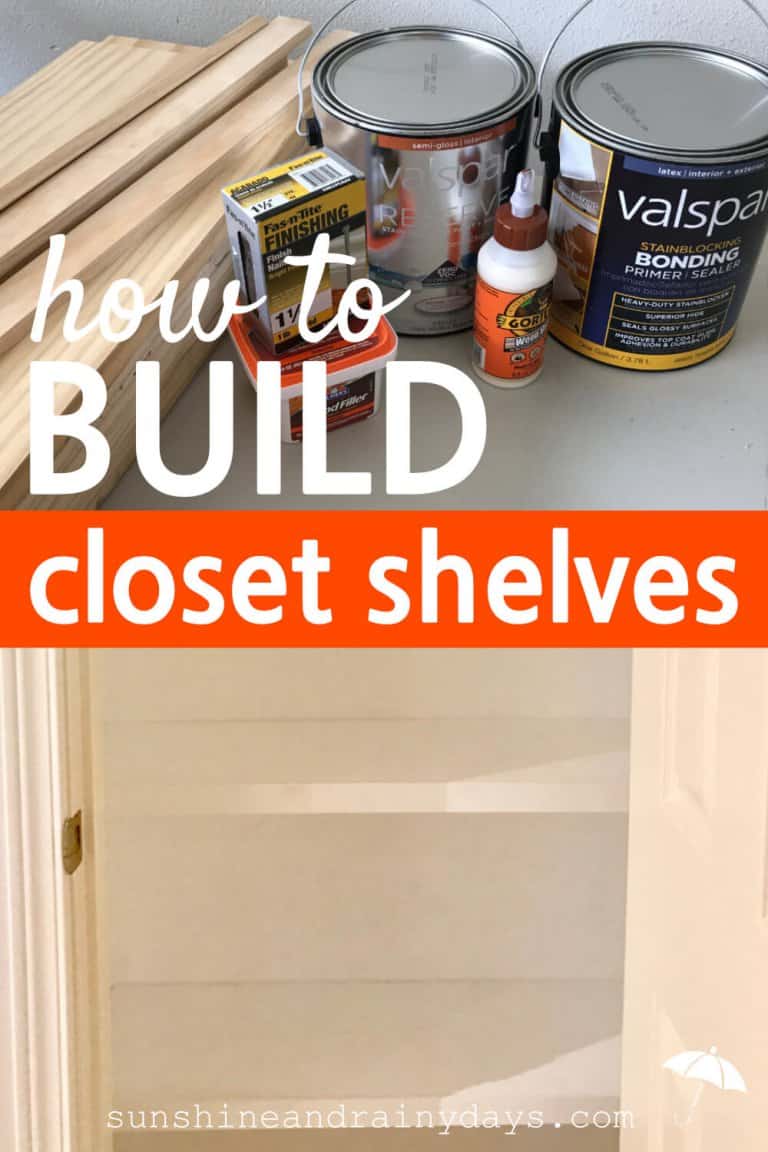
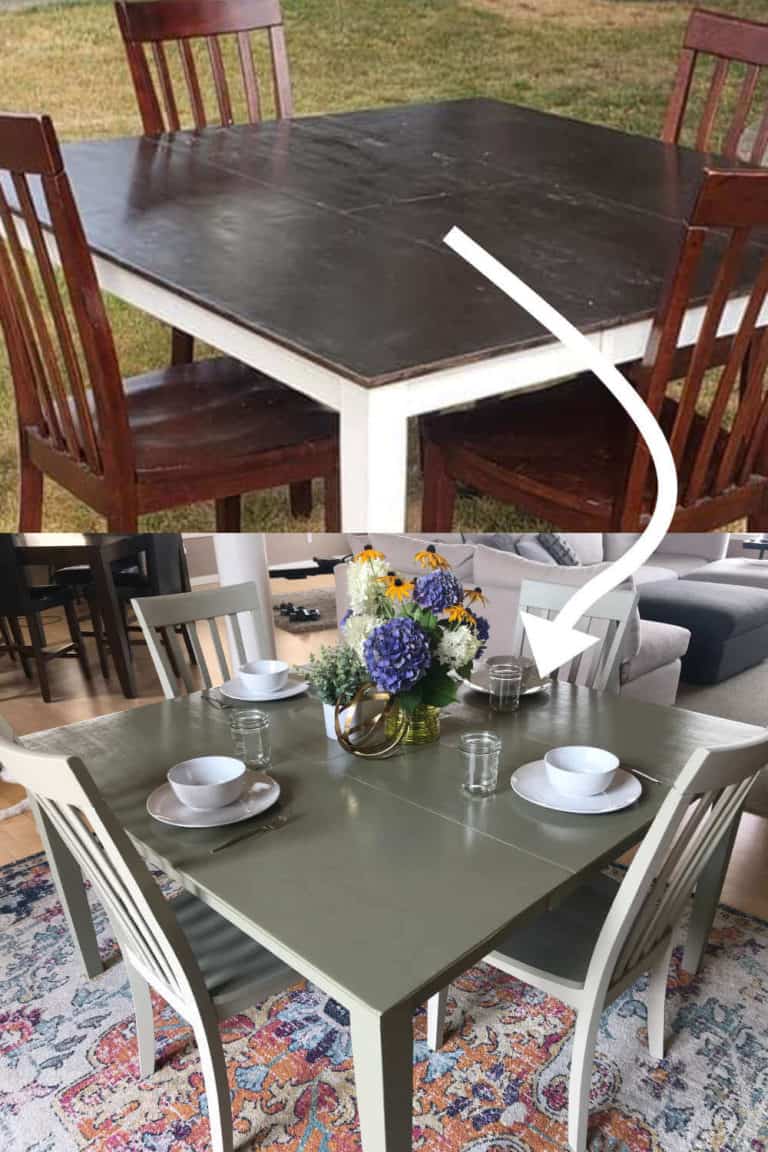
I’ve been wanting to make a flower garden for my two year old great grandson, but the dirt stays so wet at his house. Now, I have a new idea! I’m spray painting my blocks so they will be pretty and make a raised garden!
We live in an area plagued by burrowing underground mammals. During any given growing season we can lose a high percentage of both our root crops and crops that simply have roots. We will be building raised concrete growing beds as an effort to cut down on those loses. Instead of cardboard we will be putting in a layer of 1/2″ hardware cloth to dissuade our burrowing pals from getting free meals at our expense. Wondering if anyone else has built these beds for the same reason, what you used, and how successful has your project been.
That sounds like a great idea!
I haven’t tried it yet but that’s exactly what I’m doing this year. The moles and voles destroy everything I pant in the ground. So I’ve been doing container gardening, but want an in ground garden. However, I will do 2 blocks high so I have a deep garden. Better get to it while it’s still cool out.